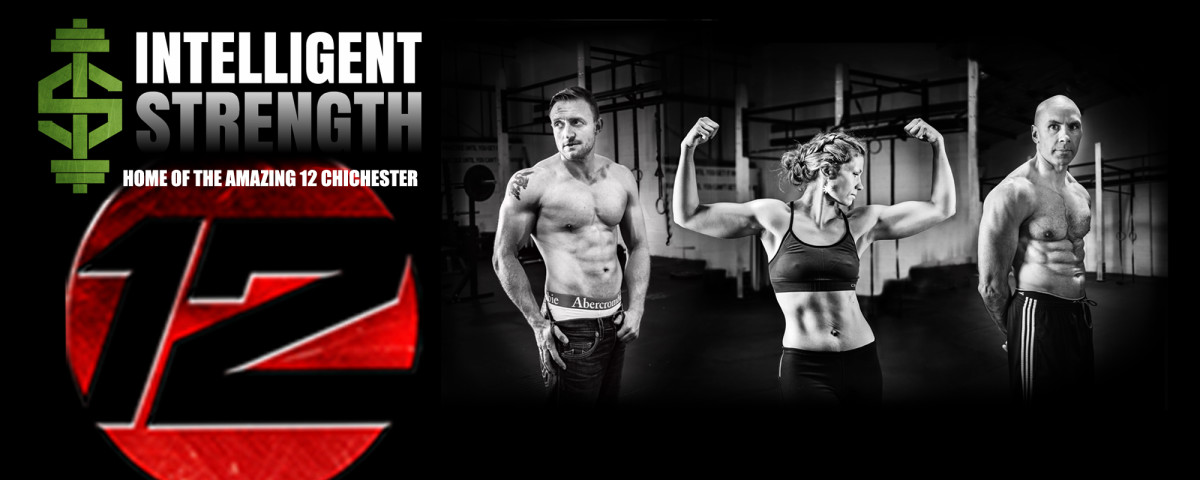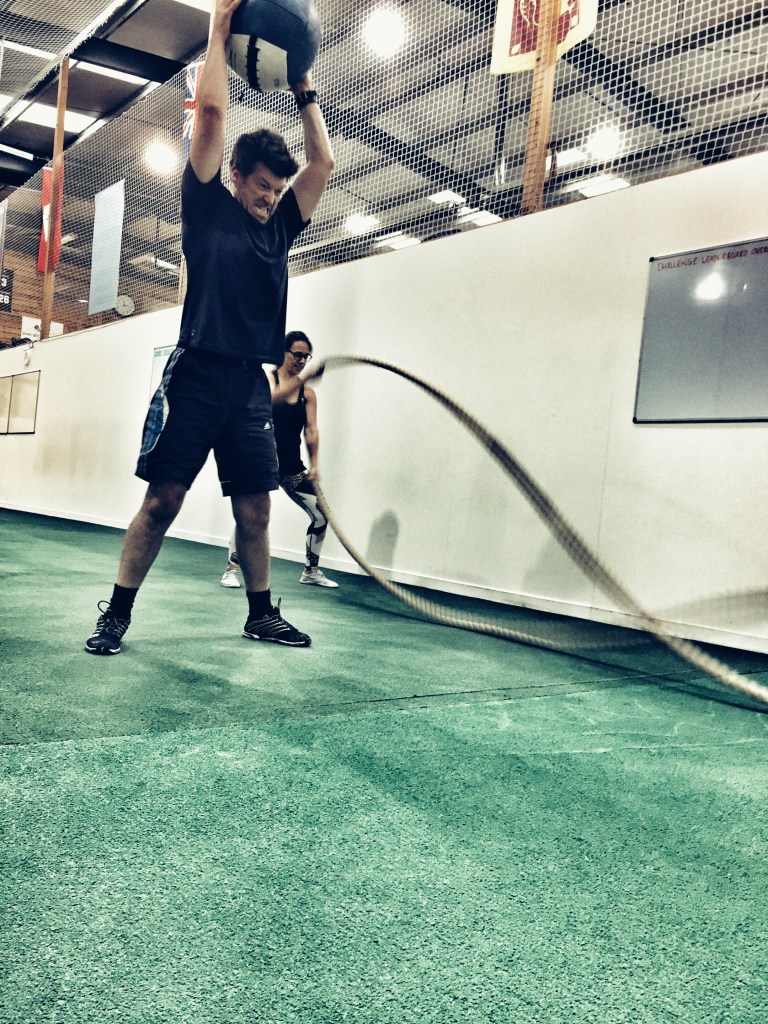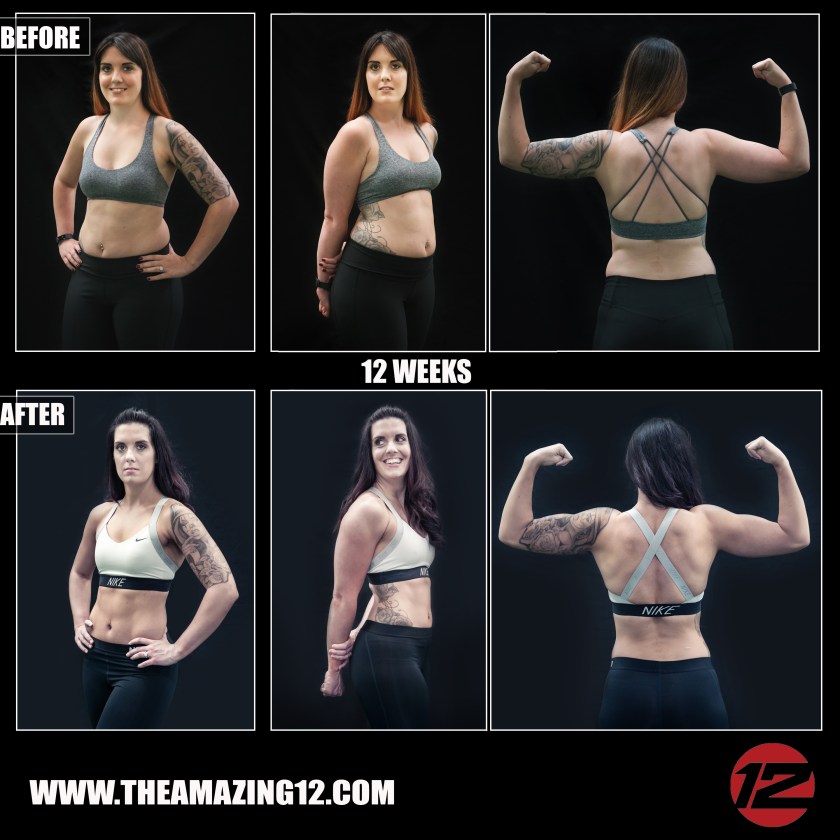
BLUE Zones are areas of the world where people have lived healthy and long lives. These are locations – Loma Linda, California; Nicoya Peninsula, Costa Rica; highlands of Sardinia, Italy; north main island Okinawa, Japan – where people are measurably happier and can thrive beyond 100.
Dan Buettner has studied the Blue Zones for decades in his capacity as a journalist and author for the National Geographic.
So when I heard his fascinating interview on a podcast recently with ultra runner Rich Roll, it got me thinking along many lines. While I’m not fixated on longevity, I do think what matters more is quality of life.
As our health and well-being directly impacts the quality of our life, should it not be something we take seriously?
The premise of the Blue Zone data was that our health and wellness is very much shaped by our environment and lifestyles.
The people who live in the Blue Zones are active, eat healthily and mostly plant-based, belong to and form strong communities, enjoy the outdoors – all common factors in contributing to their vitality and happiness.

So how does this all tie in with the Amazing 12? For starters, the Amazing 12 promotes strength, movement and a wholefood way of eating. And everyone who does the Amazing 12 is seeking transformation. Transformation is change. Change, for many of us, is difficult. In many cases it requires us to break habits and habits, as I’ve written about many times previously, are sometimes hard-wired into us.
Therefore an important aspect is how we support change. Forcing change doesn’t often work. But what if by changing the smaller things in our lives we can impact the bigger issues?
Our environment is what surrounds us and this could mean the location of where you live and work, the size and style of your home, your streets, the people you share your time with and your support network etc.
For example, you probably have a greater chance of adopting a poor diet if you lived next door to McDonald’s than if your neighbour was a health food shop.
Someone with a garden is likely to be more active and spend time outdoors than someone who doesn’t have one.
An individual who needs more movement and fresh air in their life will possibly have more success if they don’t drive. They’d instead walk and be outdoors more. They’d probably save money and be much fitter as well. Conveniences, for all their benefits, make us lazier.
The Blue Zones tell me that we can do more to stack things in our favour. The people who live in the Blue Zones never go to a gym because they don’t have to. Most of us, though, don’t live that type of life.

Those of us who go to gyms often do so to make up for what our lifestyle doesn’t offer us. It can also be protection against what our lifestyle is doing to us.
I see the Amazing 12 as an effective means for accelerating the process of physical transformation (no matter what level you are at). It’s not super-quick, but it’s as quick as it can get without using harmful substances. It is by no means the end either, because there should be no end. If you value life, you should value your body. That means making it last.
If we take the same approach to training and movement as the people of the Blue Zones do to work and activity, we won’t stop until our dying day.
In the northern part of Okinawa, Japan, the word for “retirement’ doesn’t even exist in their vocabulary and a more commonly used word is one that translates to having a “reason for which to wake up in the morning”. A purpose.

On the Amazing 12 one has a purpose. It is to train five days a week in the gym, follow a healthy eating plan, get sufficient sleep in order to recover, sometimes do additional training outside of the gym sessions etc.
It requires dedication, commitment, organization, application and discipline. But how do we each create our own Blue Zones to make following a program easier?
As Colin Hudon, a physician of Traditional Chinese Medicine said, “Discipline is difficult only until it becomes a habit.”
When I coach people, I ask about lifestyle because I know it’s an obstacle. I’m invested in their results and success.
I’m writing about the findings of the Blue Zones because having the awareness of how much our environment can influence our behaviour is a critical starting point. Some of us probably haven’t ever considered its significance.

While going to the gym or working out (in the right way, of course) or playing sport is important for our health, what matters just as much, if not more, is how we spend the rest of our hours in the day. Is it sitting down? Is it under stress? Is it in a physically demanding setting? Is it indoors in artificial light? Is it facing a computer screen? Is it working endless hours? Is it commuting long distances? Is it doing something that brings us little joy or fulfilment?
Often, in order to get the most effective results, we need to combine the right activity with the right lifestyle. Does someone in a frenetic job require an intense form of exercise or something more calming? Usually, we seek out a form of movement or activity that either matches our personality or state of mind when, in all honesty, maybe the opposite is needed.

The ongoing battle with Stacey, now nine weeks into the Amazing 12 Chichester alongside Rich, has been a lack of sleep. This week she was feeling more exhausted than normal. It reached a point when she pretty much could no longer function. Even though she wanted to work out, she was better off resting than training. She understood that.
For Rich, who had an excellent week of training and continued to make progress, it ended on a down note when he jarred his suspect knee (which has been operated on several times) near the end of the final session.
It was serious enough for us to cut the workout short. I’m hoping it’s not going to put him out of action.
The long-term answer for Stacey, though, is finding a solution to her sleepless nights so not only can she effectively recover from training, but massively improve her quality of life.
For anyone who struggles to sleep, the question is whether they’ve consistently laid the foundations to promote a good night’s rest.
It is made more challenging for Stacey because she has a young son. But she can still load the odds in her favour: black out her room; begin winding/calming down two hours before going to sleep; turn off electronic appliances one hour before sleep time; read a book; drink teas that help; use liquid magnesium; try meditation; wear an eye mask; create the right room temperature…
Buettner has proven how by changing the environment you can change the person. He has set up a company in the United States which, by invitation, facilitates the remodelling of cities where the health of the population is in urgent need of rescuing.
They, for example, created more parks, planted more trees, introduced more cycle paths, more restaurants with healthy options and provided access to fruits and vegetables at affordable prices.
In many of these cities people, without being told, began eating more healthily, moved more, spent a greater time outdoors and in natural surroundings. Consequently, the rates of disease began to fall and quite rapidly.

Learning about the Blue Zones made me also think about Rich, because he rides his bike to the gym and back to every session (five days a week). This choice means he spends more time outdoors in the fresh air (unless stuck in traffic), gets added exercise (a good warm-up and warm-down for training) and saves on fuel and wear and tear for his car.
“Sometimes I’ll go months without driving,” says Rich, who also walks a lot, which is a trait of people who live in the Blue Zones.
Health and strength matters to him. He has created important cornerstones in his life that are in harmony with the goals he has for himself.
The crux of the information is that, even if we aren’t fortunate enough to live in a part of the world with a great year-round temperature or oceans or mountainscape or greenery, there’s still a lot we can do to increase our odds for success.
Ask yourself first how you want your life and health to be and then what choices you consistently make to bring them more in alignment with your aspirations.








































































